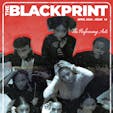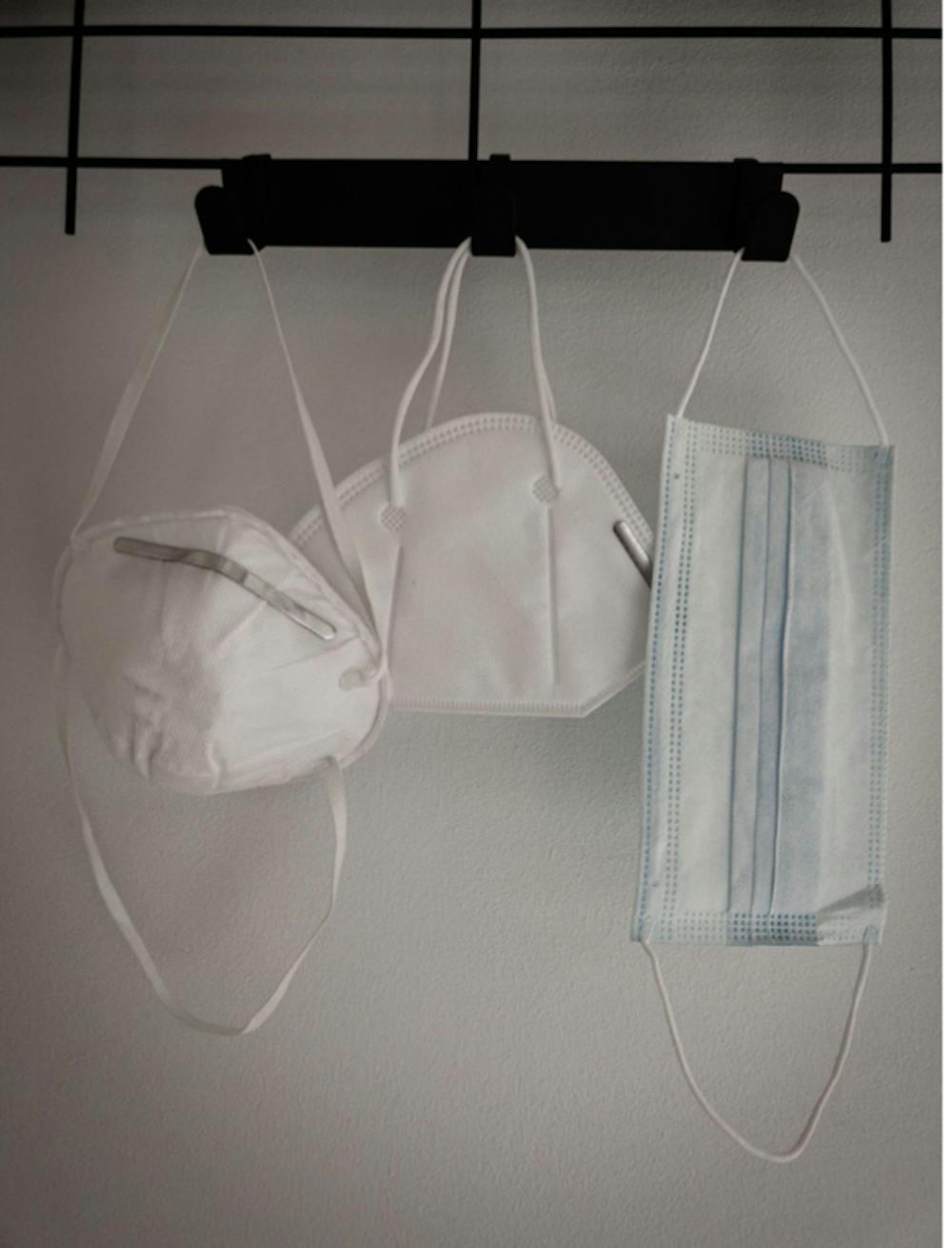Photo Credit: Isaac Quesada
When COVID-19 first hit the news in the early days of January 2020 , I , along with most people in the DMV, initially didn’t think that it was something to be afraid of. It seemed like a distant problem an entire ocean away, a problem that was limited to affecting people we didn’t know and places we had never been. For about two weeks, life in our schools, our businesses, and our neighborhoods ran exactly the same…until the first COVID cases started to appear stateside. Then, it all went downhill from there.
The virus’ initial timeline was a swift and sudden one. On Friday, January 31st, the U.S. Department of Health and Human Services declared a public health emergency. On Saturday, February 29th, the U.S recorded its first coronavirus death. By early March, the virus had made its way to the D.C metropolitan area, causing the entire region to be shut down for safety’s sake in the blink of an eye. No more mass gatherings, no more in-person schooling, no more bars and restaurants and nightclubs. All of it was gone, with no clear guidelines on when it would all come back. I remember sitting in my room helplessly, holding a blue surgical mask in my shaking hands as I desperately hoped that it would all be over soon.
Well, cut to three years later, and here I am writing this article surrounded by faces covered by KN95 masks. Due to the rise of the Omicron variant, the last few weeks have been a never-ending sea of COVID scares, testing, hand sanitizer, and quarantining. I’ve lost count of how many times I’ve canceled plans with someone due to COVID fears or had my heart jump in my throat when I heard that someone I loved had come into contact with someone who later tested positive. Gone are the days where COVID seemed like a problem worlds away from me. Now, COVID has wormed its way into every facet of my life.
I can’t go to large parties, I can’t randomly visit my grandma. I can’t hug my asthmatic aunt.
I question whether or not it’s safe to do something as simple as getting a routine haircut. When I hear someone cough near me, I feel myself getting nervous. When I walk into a store and see an unmasked person, I go out of my way to give them a wide berth. All of these things would have been seen as crazy paranoia just a few years ago. Now, it’s simply being responsible in the age of coronavirus… and doing so has taken a toll on me mentally. Furthermore, I’m not the only one who’s been suffering.
The COVID-19 pandemic has had a hugely negative impact on the mental health of many Americans. Before the pandemic, 1 out of every 10 adults on average reported symptoms of anxiety or depressive disorder. In contrast, during the pandemic that number skyrocketed up to 4 out of every 10 adults. Similarly, 56% of all young adults aged anywhere between 18 to 24 years old reported symptoms of anxiety and/or depressive disorder during the pandemic. And of course, as a person of color living in the DMV, I’d be remiss if I didn’t highlight the fact that the pandemic has disproportionately affected the mental health of communities of color. Currently, Black adults and Hispanic adults are more likely to report symptoms of anxiety and/or depressive disorders than non-Hispanic, White adults living through this pandemic. It is yet another example of how we’ve been hit harder than most.
As a person who lived in the DMV during this pandemic and continues to live in it to this very day, I've seen so much of the suffering that has happened due to the pandemic. In December of 2020 nearly one half of small businesses closed in Washington, D.C. due to COVID-19. Worse, when the DMV’s unemployment rate was skyrocketing due to COVID, the DMV went from having a 2.5% unemployment rate to a nearly 10% one. Since March of 2020, when school districts and universities across the DMV closed down due to COVID concerns, local students and parents have faced an intermittent wave of school closings, re-openings, and then yet more closings coming around again. And of course, there’s the sobering combined death toll covid has had in the DMV: 33,027 people.
For years, it seems like we’ve been running in circles. A vaccine was developed, but at first, no one could get their hands on it at first. Vaccine shortages rocked all of the DMV in early January of 2021. Then, when at long last, more people could get it, people didn’t want to take it. According to a national survey, there are a variety of reasons that people say they’ve chosen to take this stance. For example, 49.6% of the people surveyed reported that they were concerned about possible side effects of the vaccine. 42.4% reported that they “don’t trust the COVID-19 vaccine.” 8.6% reported that they hadn’t gotten the vaccine because their doctor had not recommended it. About 1.7% reported not getting the vaccine because of difficulty obtaining it.
When cases started to finally get under control, a new variant came which sent the cases spiking right back up. First it was the delta variant, then the highly transmissible omicron variant. It really felt as if every time hope started to shine, it was snuffed out the very next day; and as time went on, the phrase, “Once COVID ends,” started to sound more and more like a pipe dream.
Yet, there has to be an end to this pandemic. So today, even as I’m still surrounded by a sea of masks, I dare to ask myself, “What are my hopes for the future?”
My main hope is that COVID-19 becomes endemic like the flu. I hope that online classes become nothing more than an unpleasant, distant memory. I hope that a day will come when I do get to throw my masks away. A day where it won’t be irresponsible for me to go to large parties. I hope that businesses will get to fully reopen their doors, and healthcare workers will have a chance to sit and breathe. I hope that I will get to study abroad during my junior year of college like I’ve always dreamt of doing.
Above all, I hope that the now-bitter sounding phrase, “Once COVID ends,” will transform into a long-awaited one; “Now that COVID is over.”



